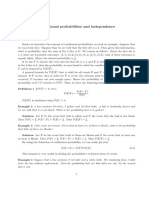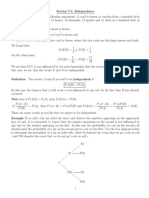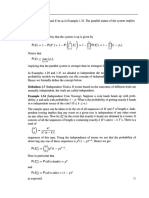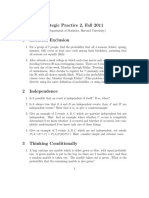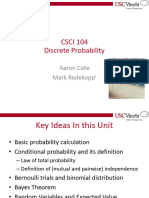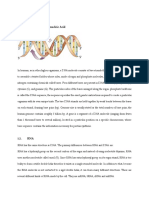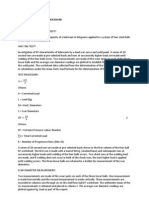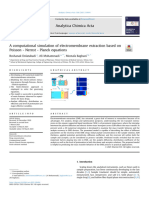0% found this document useful (0 votes)
18 views43 pagesProbability Theory Lecture Notes
The document outlines a math course (Math 461) taught by Renming Song at the University of Illinois Urbana-Champaign, focusing on independent events and random variables. It includes information about homework submission and examples related to probability problems, such as the problem of points and gambler's ruin. The document emphasizes the use of conditioning in probability calculations.
Uploaded by
braylon.graziulCopyright
© © All Rights Reserved
We take content rights seriously. If you suspect this is your content, claim it here.
Available Formats
Download as PDF, TXT or read online on Scribd
0% found this document useful (0 votes)
18 views43 pagesProbability Theory Lecture Notes
The document outlines a math course (Math 461) taught by Renming Song at the University of Illinois Urbana-Champaign, focusing on independent events and random variables. It includes information about homework submission and examples related to probability problems, such as the problem of points and gambler's ruin. The document emphasizes the use of conditioning in probability calculations.
Uploaded by
braylon.graziulCopyright
© © All Rights Reserved
We take content rights seriously. If you suspect this is your content, claim it here.
Available Formats
Download as PDF, TXT or read online on Scribd
/ 43


